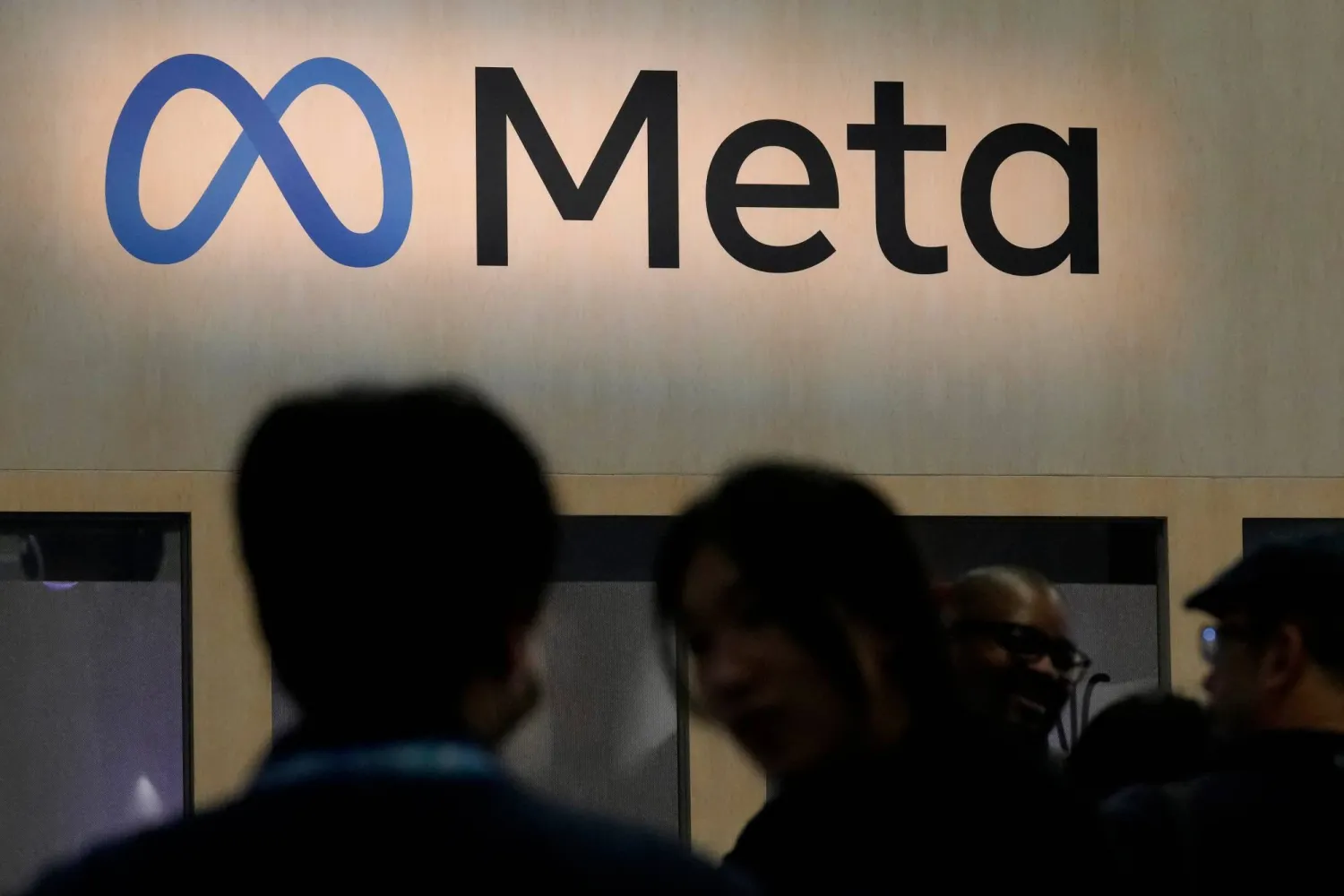As tropical storm Bebinca barrels towards waters off northern Taiwan gathering strength into a possible typhoon, weather forecasters in Taipei are using a new and so far successful method to help track its path - artificial intelligence (AI).
AI-generated forecasts, some powered by software from tech giants including Nvidia, whose chips are made by Taiwan's homegrown semiconductor champion TSMC, have so far outperformed traditional methods in predicting typhoon tracks.
In July, it was AI-based weather models, used for the first time, that helped Taiwan better predict the path and impact of Typhoon Gaemi, the strongest to strike the island in eight years that brought record-breaking rainfall.
The new technology impressed Taiwan forecasters by predicting a direct hit as early as eight days before Gaemi made landfall - handily outperforming conventional methods, which remain the mainstay of prediction planning.
"People are starting to realize AI indeed delivered some stunning performances compared to conventional models," said Chia Hsin-sing, director at the weather service provider Taiwan Integrated Disaster Prevention of Technology Engineering Consulting Company Ltd.
Bebinca is now being tracked using the same AI tools by people including Lin Ping-yu, a forecaster at Taiwan's Central Weather Administration (CWA), who said AI has given them a higher degree of confidence there will not be a direct hit.
"This (AI) is a good thing for us. It is like having one more useful tool to use," said Lin.
The AI weather programs on offer include Nvidia's FourCastNet, Google's GraphCast and Huawei's Pangu-Weather, as well as a deep learning-based system by European Center for Medium-Range Weather Forecasts.
"It is a hotly watched competition. We will know soon who is winning," said Chia.
Such AI models have also begun to be used to predict storms and hurricanes in other regions with good accuracy, according to forecasters and academics.
The AI-based software is trained using historical weather data to learn the cause and effect relationships of meteorological systems and can predict hundreds of weather variables days in advance - a process that requires only a few minutes to complete.
For all the typhoons in the Western Pacific this year up until mid-September, AI's accuracy in predicting storm tracks over a three-day window was nearly 20% higher than that of conventional models, according to data compiled by the CWA.
Ahead of Gaemi, AI helped the administration foresee an unusual loop in its path that prolonged its impact on Taiwan and prompted them to swiftly issue a rare warning for rainfall of 1.8 meters (5.9 feet), which was later proven accurate, according to CWA's deputy head Lu Kuo-Chen.
"(AI) boosted the confidence for forecasters to make that prediction," Lu said, adding the early warning gave extra time for authorities to carry out preparations.
Lu is also pinning hopes on a partnership with Nvidia, which this year announced a generative AI tool called CorrDiff that aims to forecast more precise locations of typhoon landfall and provide higher resolution images inside a storm.
"We are seeing the potential," Lu said.
For now, however, experts say the AI tools were not able to deliver quality forecasts for more detailed impact of a typhoon, such as its strength and winds, and more time is needed for the new technology to solidify its lead over more traditional ways.
"Was it just good luck?" said Chia, pointing to AI's stellar performance on Gaemi. "We need to give AI a bit more time. It is something to look forward to."









